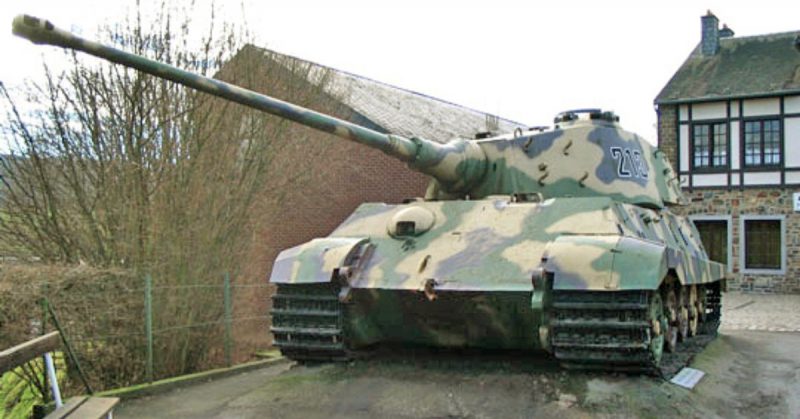The Germans were retreating on every front. They hadn’t had a real success against the Russians in years, and their last offensive at Kursk had been thrown back in disarray.
The Allies had landed earlier in 1944 and broken out of Normandy. By late 1944, there was talk among Allied soldiers of being in Berlin by Christmas.
But Hitler had other ideas. He scraped together what units he could and looked to the west. He planned to attack through a weakly held defensive sector in the rough terrain of the Ardennes forest. His plan was to capture Antwerp, split the Allies, and obtain a separate peace with the Western countries.
This operational plan relied on several factors: complete surprise, bad weather that grounded Allied aircraft, reaching the Meuse River by day four, and capturing Allied stockpiles of fuel.
To add insult to injury, the American forces that bore the brunt of the attack were front line units receiving a much-needed rest in a supposedly quiet sector over the Christmas holiday.
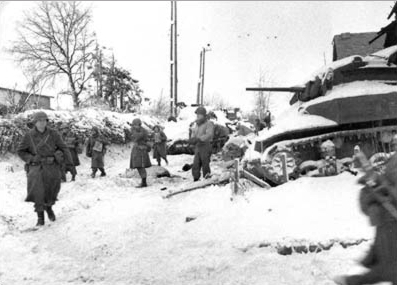
The German attack achieved limited success in the early days of the battle but failed to meet their objectives.
The law of diminishing returns was a significant factor because the Allied nations had seen the same show since 1939. By late 1944, they had developed better defensive tactics that relied upon defense in depth and significant amounts of reserves.
The Germans also had limited personnel and supplies. A few of the SS units, such as the Sixth Panzer Army, were lavishly equipped, but the infantry divisions were a shell of what they were at the beginning of the war. The transportation and supply divisions were in even worse shape.
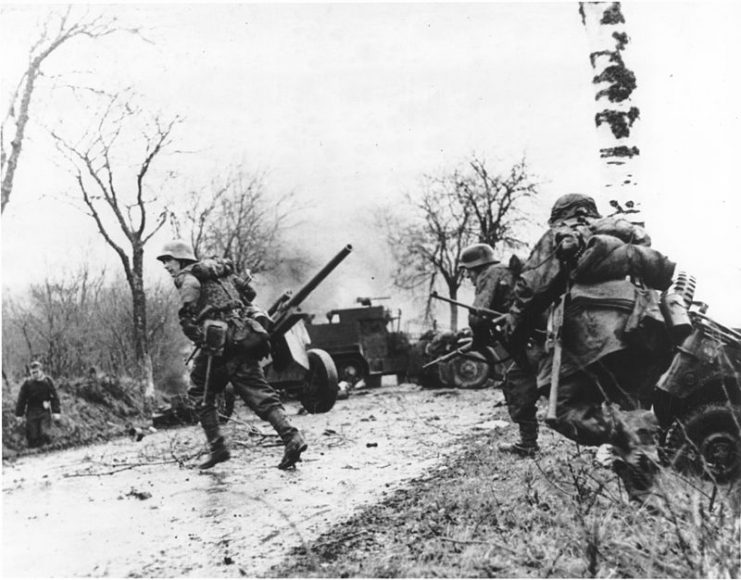
This attack was also prevented from advancing due to the stubborn defense of American soldiers.
The defense of Bastogne by the 101st airborne division has entered legend, but less well known is the desperate defense against a Nazi war criminal. Joachim Peiper fought much of the war against the Soviets but was recalled west to fight the Allied landings in Italy and Normandy.
He was responsible for massacres in every theater but was charged and convicted after the war for his massacre of American soldiers at Malmedy in the Battle of the Bulge.
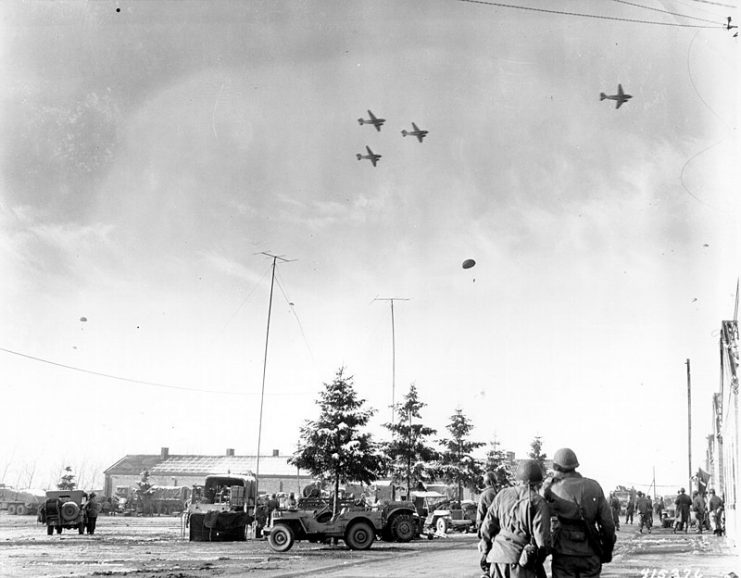
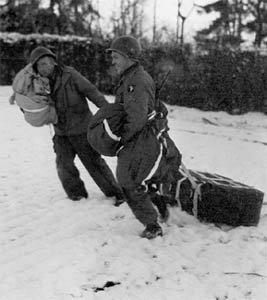

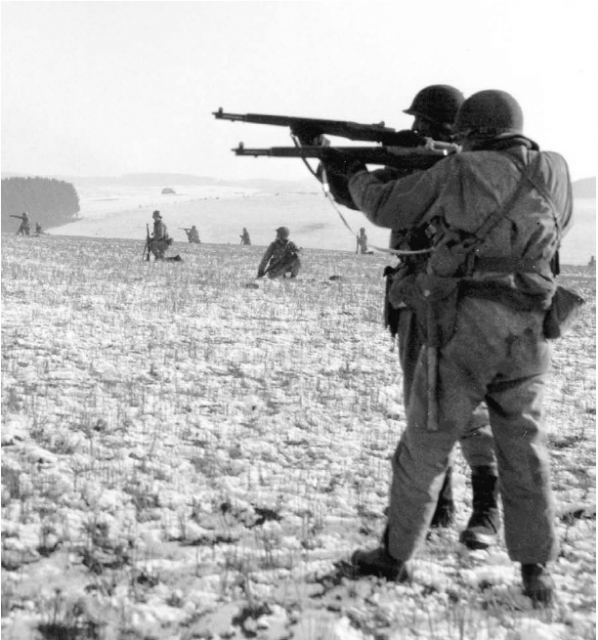
In this battle, he led a mobile strike force in the Sixth Panzer army and was assigned a Tiger II tank. This was one of the newest and most feared tanks fielded by the German army. It combined the thick armor of the Tiger I with the sloping armor of the Panther Medium tank.
The heavy armor and powerful gun made it extremely efficient against other tanks on the battlefield. But it wasn’t without flaws.
The engine to move this beast required vast amounts of fuel for a nation suffering from shortages. It had numerous technical flaws such as gasket problems with the engine.
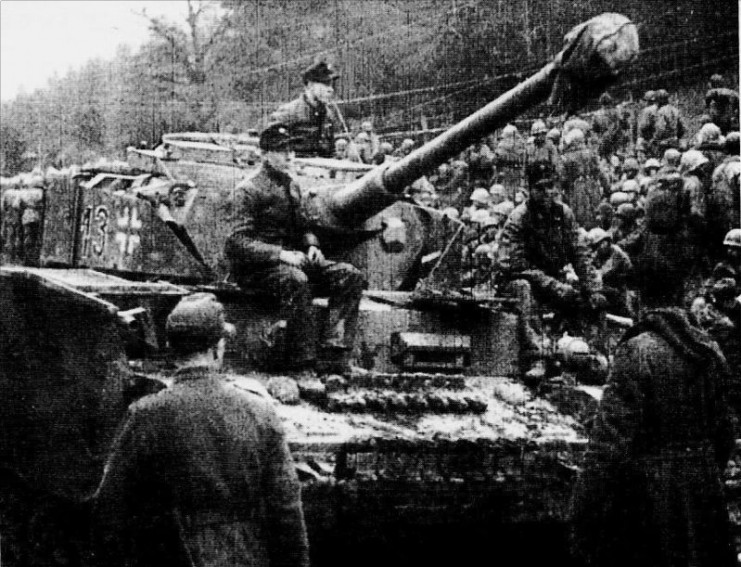
Notwithstanding these issues, the tank overpowered most of the tanks available on the Western front until late in the war
Unfortunately for the Germans, their magnificent tanks ran into a stubborn defense around Lanzareth from American soldiers. Despite having complete strategic and tactical surprise, Peiper was held up for 16 hours on the first day.
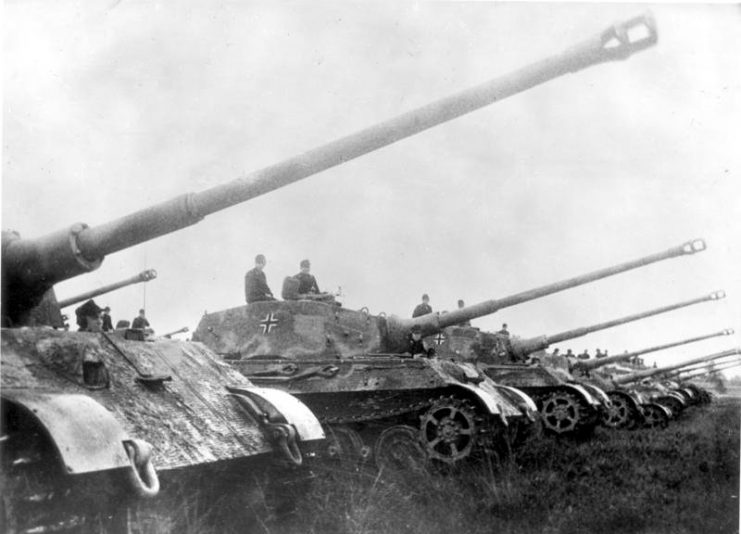
He continued to move forward but, unlike the blitzkriegs that started the war, he faced one delay after another. He did capture some much-needed fuel, but US forces blew the bridges he needed to cross the Meuse. He was trapped by this move and by December 18, three days after the offensive started, the skies cleared and he was under heavy attack from the air.
With no way to move forward and the offensive in his area effectively halted, Peiper finally retreated to Glaize.
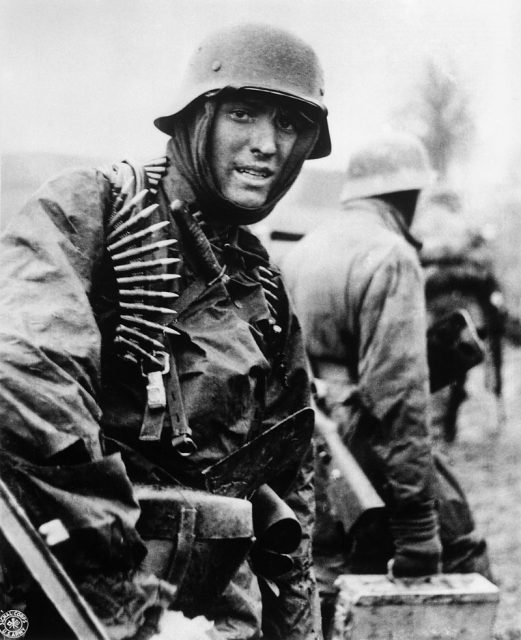
He found himself under siege for days from counter-attacking Allied air and land units. Finding themselves short on critical fuel and ammunition, he and his men abandoned all of their heavy equipment, including the unbeatable tank, and escaped on foot.
His Tiger II tank is now held at the December 1944 Museum in La Gleize, Belgium. It has been cosmetically restored and is displayed at the entrance to the museum. About one-third of the gun barrel is restored with a Panther gun, and it still contains its original gearbox and engine.
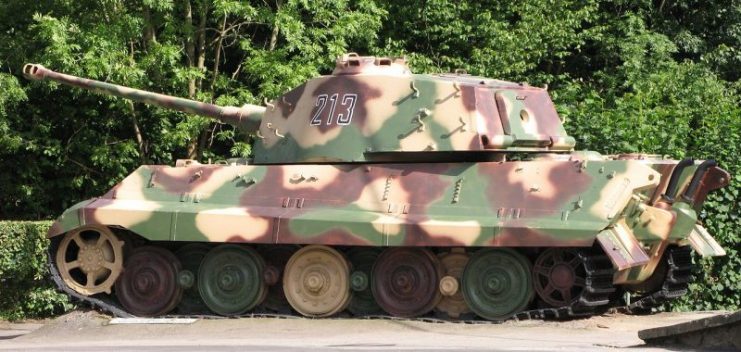
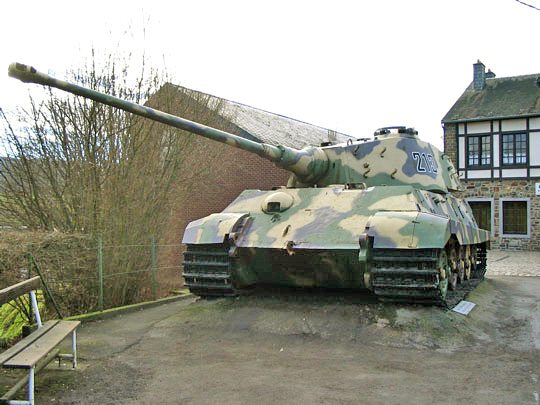
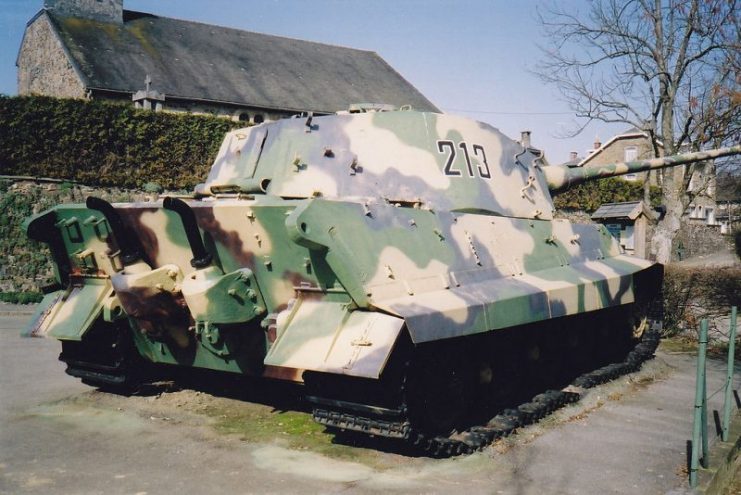
It stands a reminder that there is more to battle than fancy gadgets and machines.
Read another story from us: 25 Amazing Photos of the King Tiger – Some We Haven’t Seen Before
The Germans had technical prowess and an advantage in tank warfare. Yet they failed to account for the bravery of the American soldiers, the difficulty of the terrain, and the overall problems of mounting a major offensive with limited soldiers, equipment, supplies, and air cover.
